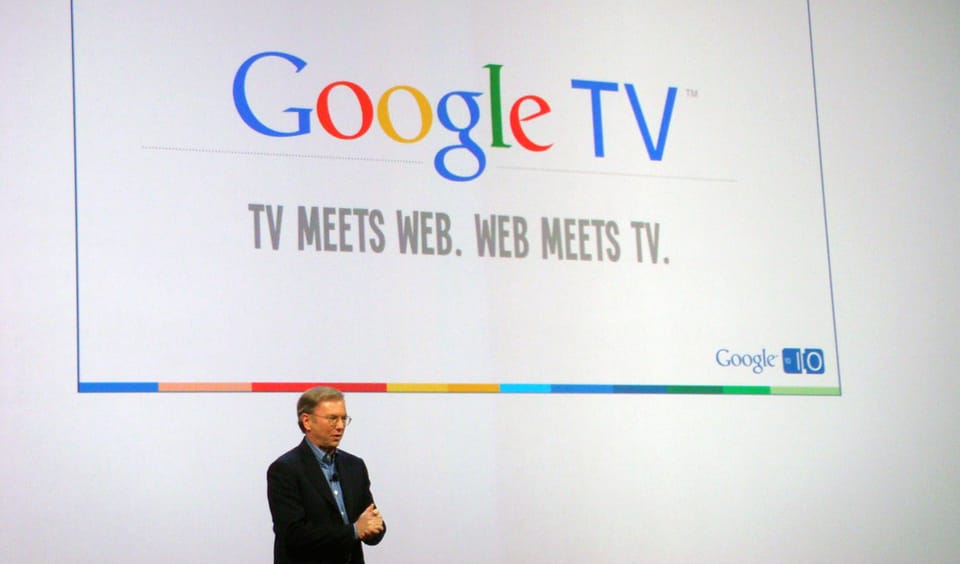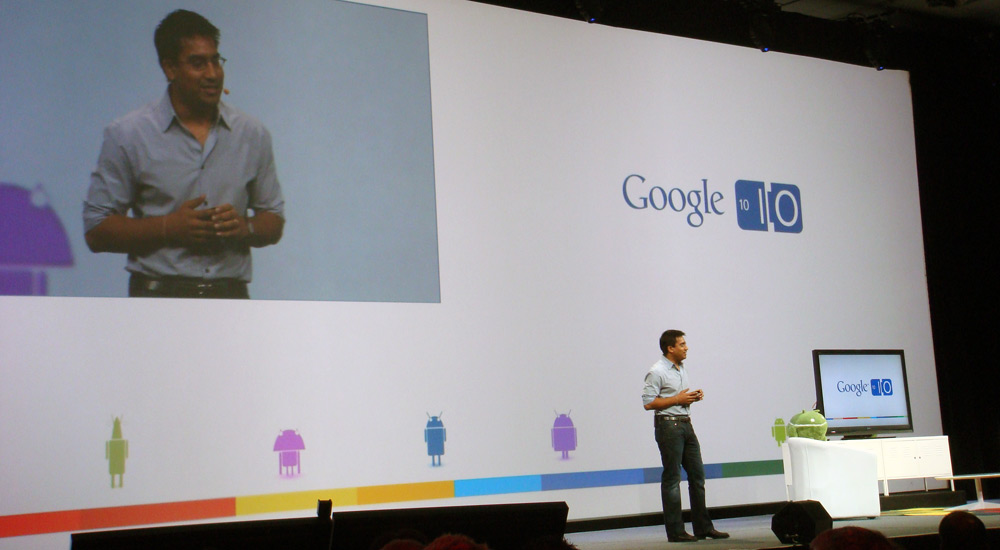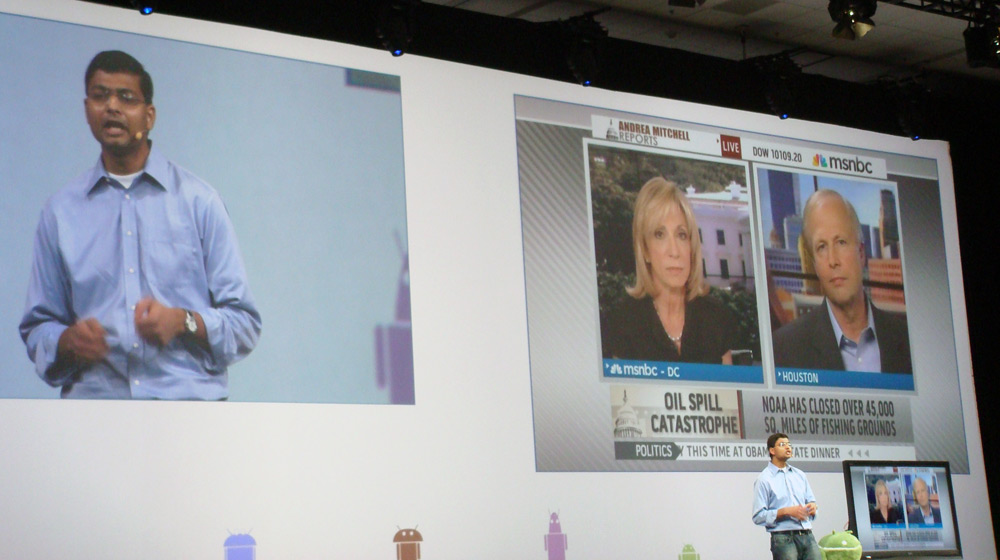Google TV: Death Of The HTPC?

On the software side, Google TV is more comprehensive than its competition. Most services allow users to surf the web, watch movies from video streaming sites, and tune into live TV. However, Google leaves the competition in the dust by offering the wide integration and connectivity with other devices. Typically, your TV can only be controlled by HTPC software. Google TV, on the other hand, offers access to control from a laptop, desktop PC, as well as an Android phone. Google demoed this feature by pushing multimedia content from the screens of a laptop and Android phone to Google TV. In addition to just pushing screens, Google TV also supports a “picture-in-picture” mode so users can keep watching their current TV show while browsing the web or running an app. Connectivity goes even further by allowing users to send voice commands to Google TV via an Android phone. When using Google TV’s “quick search” bar, users can say what they want to find into their phone instead of having to use a cumbersome keyboard or slow remote to type in the words. Apps are another interconnected feature of Google TV. Users can install apps on Google TV from their PCs through the Chrome browser. Of course, apps can be downloaded directly from the Android marketplace on Google TV as well. While other programs installed on a HTPC might contain many of the same features, none of them are as easy to use as Google TV. Many competing products aren’t interconnected out-of-the-box and require the installation of a separate application on each device you want to interconnect. Google TV clearly prevails over current HTPC programs in its out-of-the-box connectivity, ease of use, and great user experience.

The physical Google TV setup consists of a companion box (built by Logitech), which you connect to your cable/satellite box and TV. If you purchase one of Sony’s upcoming TVs that support Google TV, it will already have the features of the companion box integrated into it. For net connectivity, the platform supports both Ethernet and WiFi. Inside the hardware package is an Intel Atom processor. While this might seem lacking from a computer perspective, remember, Google TV is meant for simple media applications and not heavy processing. Unfortunately, Google didn’t specify the graphics processor going into the companion box, but I have a strong hunch it’s one of Intel’s integrated solutions. This means that a dedicated HTPC could have better graphics capabilities, but this would only really be useful for intensive games. The one area a HTPC might have an advantage is in the storage department. Google TV does not have an integrated DVR, although it can control your current DVR device. With a HTPC, it’s possible to upgrade the hard drive and attach a network attached storage (NAS) device, which can hold more data than Google TV paired with a DVR. We haven’t heard anything about possibly having Google TV control a NAS device, since it’s geared more towards streaming content, but I think it would be a useful addition in the future.

Google TV’s comprehensive package will make it more attractive than the current offerings. Google TV stands out due to its easy and quick switching between live TV and Internet content, connectivity with mobile devices, and access to the Android Marketplace. In addition, Google TV is backed by a huge partnership consisting of Intel, Sony, Logitech, Dish Network, Best Buy and Adobe. By the end of this year, we’ll see whether or not this conglomerate of hardware manufacturers, software developers, and distributors will kill off an already small HTPC market. Although pricing hasn’t been revealed, I predict that Google TV will be cheaper than HTPC, which easily costs $500 and requires additional software. For power users, the HTPC might still be a viable option for them, but for the mass market, the ease of Google TV makes all the difference.
Links: Google.com/TV